Let’s admit it, for a very long time now we have abandoned complicated calculations of our amperes, and our ecological conscience has not convinced us to do without a level of domestic comfort which resembles that of our home. Aboard a modern catamaran, in addition to the autopilot, the instruments and the navigation lights, the minimum allowed by the rules of the new ‘Well-Being Federation’ represents a sizeable list of equipment in areas which are as varied as they are essential. For cold: air conditioning, fridge, freezer, ice machine; for hot: heating, water heater; for domestic appliances: pressurized water, microwave, coffee machine, washing machine, hair dryer and food processor; for multimedia: various chargers (telephone, PC, etc.), flat screens and iPods; for tools: drill, jig saw, are all devices for which no compromise at all can be envisaged. So even though led bulbs give us the impression of behaving in a reasoned manner, we mustn’t forget the multiple ceiling lights, wall lamps, spots and reading lights present where once we were content with a single lamp. Thus we can consider that the daily energy requirements for a boat ready to go to sea can now be estimated at around 500Ah. Faced with this profusion, we must store, recharge and monitor the energy, and fortunately, there is no lack of means. In this first part, we will be looking at the batteries, chargers, generator and controller/management system before tackling the subject – in the next edition – of renewable energies obtained via solar panels or hydro and wind generators.
The Batteries.
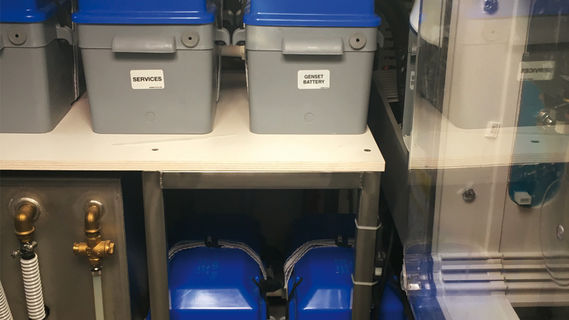
We are witnessing a slow change from classic lead/liquid acid batteries towards three new technologies: gel, AGM and Lithium Ion. Gel batteries, where the electrolyte (a mixture of water and sulfuric acid) is absorbed by a gel, are ideal for 12 and 24 volt service, resist intensive cyclic use over time (800 to 1000 cycles instead of 400 for traditional lead/acid batteries), and can be recharged quickly. AGM (Absorbent Glass Mat) batteries, where the electrolyte is absorbed by fiberglass plates, allow fast discharge at high intensities. They are therefore ideal for example for starting an engine, as they have double the starting power of a wet cell lead/acid battery. On the other hand, the cyclic life is identical. These types of battery can be matched with each standard battery bank. These batteries require no maintenance and release no gasses under normal use; they therefore require no ventilation, so can be fitted in a locker or a waterproof box. But just like the wet cell models, they can only be discharged to 50% of their capacity, hence the growing interest in lithium-ion technology. These batteries are suitable for operating heavy equipment over long periods, with very short charging times. They can withstand over 80% discharge and weight is reduced by 70%. If we take into account their life span which, with a minimum of 2000 cycles, is 4 times greater, and despite a ...
 Vote for your favorite multihulls!
Vote for your favorite multihulls! 
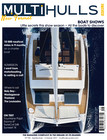
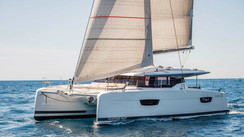
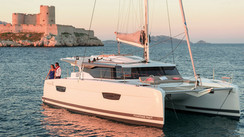
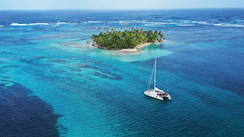
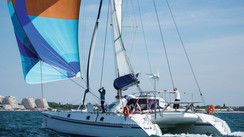
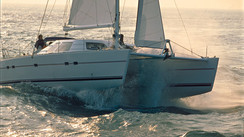
What readers think
Post a comment
No comments to show.